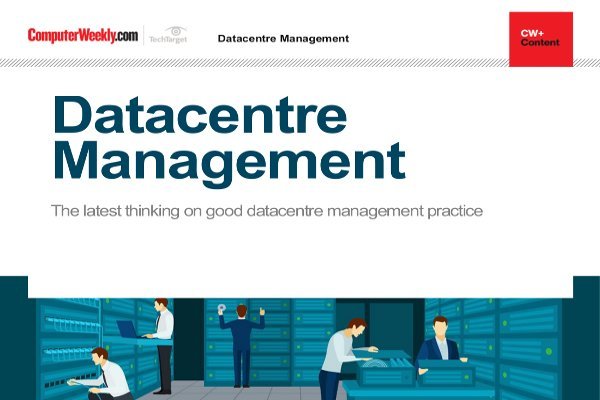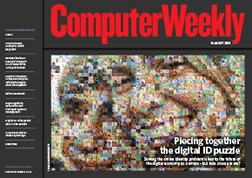
sakkmesterke - stock.adobe.com
sakkmesterke - stock.adobe.com
University of Melbourne claims quantum computing breakthrough
Australian scientists have simulated the power of quantum computing on classical computers to solve a mathematical problem, paving the way for future breakthroughs in the nascent field
Scientists from the University of Melbourne have simulated the power of quantum computing on supercomputers to crack a mathematical problem that would have required the memory capacity of more than a billion laptops to solve.



5 datacentre management essentials
Good datacentre management is like good hygiene management - without it, no one will want to go near you. This e-guide serves to shine a light on the latest tools and technologies available to you and highlights the latest thinking in best practices.
Quantum computing uses qubits represented by atoms to encode and process data in multiple states to solve a problem, while “classical” computers do so through binary bits represented by ones and zeros.
Led by Lloyd Hollenberg, the university’s deputy director at the Centre for Quantum Computation and Communication Technology, the Melbourne scientists simulated the output of a 60-qubit quantum computer. The simulation, conducted at the Pawsey supercomputing facility in Perth, would have required up to 18,000 petabytes of classical computer memory.
The most advanced quantum computer today is only capable of simulating a random state of 50 qubits, but Hollenberg’s team broke new ground by running a specific algorithm that is no longer in a random quantum state, reducing memory demand to just 13.8TB.
The algorithm was written by Aidan Dang, a postgraduate student at the University of Melbourne, to find the two prime numbers that, when multiplied together, equal the semi-prime number 961,307.
This problem lies at the heart of internet security, because when large numbers with many digits are used, it becomes virtually impossible for classical computers to calculate the factors to crack the security key, the university said in a recent report.
“It would take a classical supercomputer more than the entire life of the universe to crack some of the security codes now being used, but a large enough quantum computer will theoretically be able to solve such problems,” it added.
Although current quantum computer prototypes are too small to do anything more useful than a classical computer, Hollenberg said this record simulation is an important step to help researchers get “quantum-ready”.
“The capability to simulate quantum algorithms at this level is critical for learning how a quantum computer in the future will physically operate, how the software can work, and what sort of problems it can solve,” he said.
While the race to build a full-scale quantum computer, comprising millions of qubits, is a longer-term prospect, Hollenberg noted that Australia is well placed with its focus on silicon-based hardware that might be scaled up to this level.
“Essentially, academia, government and industry alike need to be quantum-ready as the hardware development occurring globally accelerates. Large-scale quantum computer simulation is an important ingredient in this process,” he said.
According to Hollenberg, it could take another five to 10 years before quantum computers of between 100 and 1,000 qubits have enough power to tackle problems out of reach of classical computers today.
Read more about quantum computing
- Industry experts predict it will take 10 years for quantum computing to become a reality, but Microsoft believes it has the edge to get there in five.
- Volkswagen Group recently demonstrated how it was working with D-Wave to research uses for quantum computing.
- Atos has made a quantum computing simulator available for sale so that organisations can test out the algorithms of the future.
- A top European CIO is urging the security community to prepare for quantum computing to ensure their encryption processes are ready in time.








Please create a username to comment.